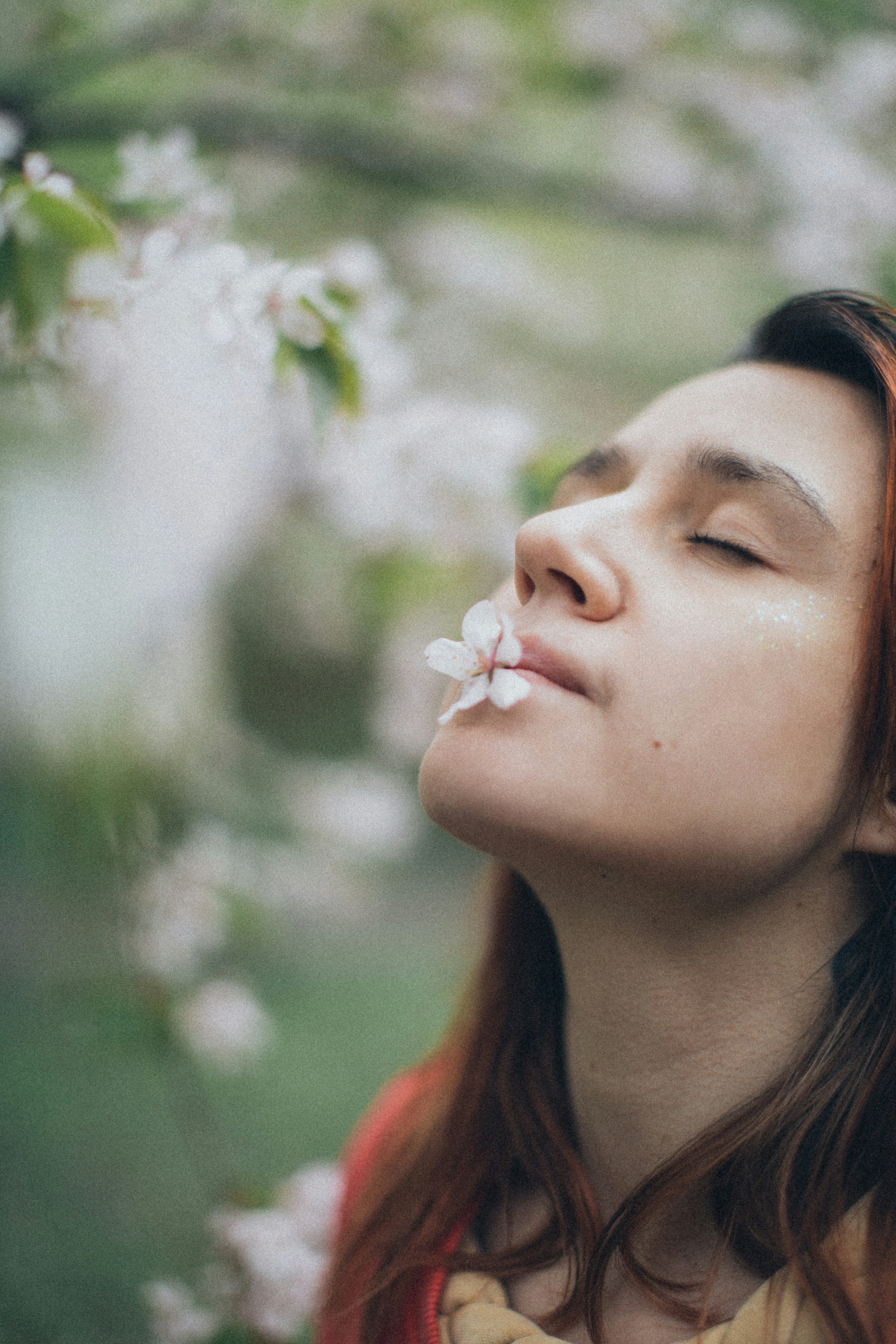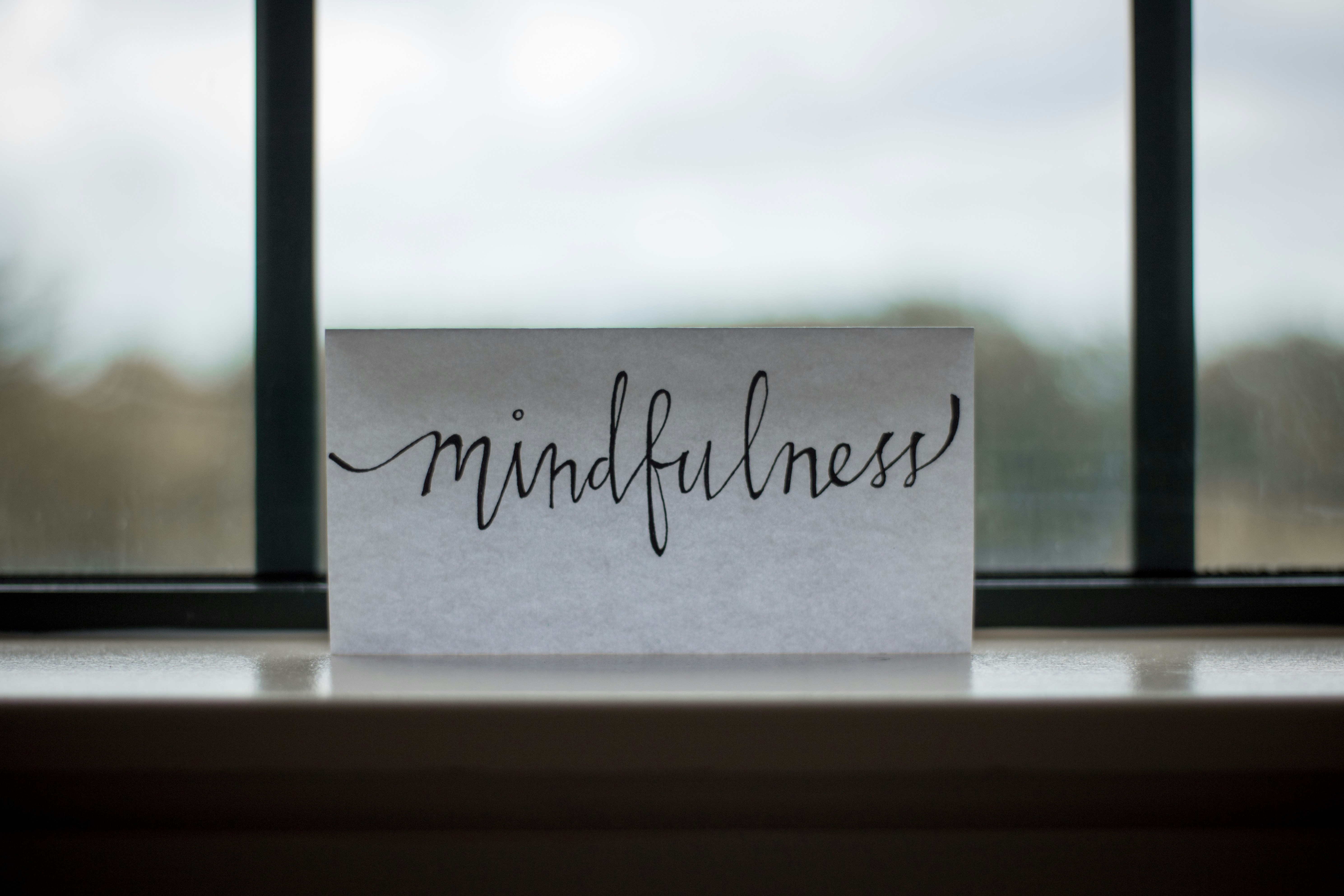The Art of Daydreaming: Unlock Mental Clarity and Grow Resilience
In a world that often rushes us through the day, the concept of daydreaming might seem like a whimsical indulgence, yet recent research indicates that it can play a pivotal role in enhancing our mental clarity and emotional resilience. This isn't just about letting our minds wander; it's about utilizing the process of guided imagination to foster creativity and build a healthier mental space. With the right approach, you can harness the power of daydreaming to cultivate clarity in your thoughts and fortify your emotional fortitude.
Understanding Daydreaming: More Than Just a Distraction
Daydreaming has long been viewed as an idle pastime, a brief escape from reality where thoughts drift to distant lands, shelved ambitions, or fanciful scenarios. However, psychological studies are beginning to unveil a richer tapestry of benefits associated with this seemingly trivial activity. According to a study published in the journal Psychological Science, allowing your mind to wander can lead to increased creativity and problem-solving skills. When we engage in daydreaming, we're not just slacking off; we’re tapping into our subconscious, often finding solutions to challenges we might not even be actively contemplating.
But what does it mean to daydream effectively? Guided imagination involves steering your thoughts toward purposeful dreaming, creating vivid scenarios that inspire positivity and growth. This practice is akin to visualization techniques often seen in meditation, where you create a mental picture of success or joy to cultivate motivation and change.
Why Guided Imagination Matters
Engaging in guided imagination through daydreaming can improve mental clarity in numerous ways:
-
Enhanced Problem-Solving Skills: Daydreaming can serve as a cognitive offload, allowing your mind to process complex problems subconsciously. When you revisit a challenge while mentally wandering, you may find a unique perspective that helps you resolve issues more effectively.
-
Boosted Creativity: By allowing your mind to drift into uncharted territories, you can bolster your creative capabilities. This process can encourage innovative thinking and facilitate the emergence of new ideas. Research shows that spending time in a dreamy state can activate areas of the brain associated with creativity.
-
Emotional Resilience: In brief, guided daydreaming can aid in emotional processing. Reflecting on positive scenarios can generate feelings of happiness and satisfaction, ultimately contributing to your emotional well-being.
Practical Techniques for Effective Daydreaming
To achieve the benefits that guided daydreaming offers, consider adopting the following techniques:
1. Establish a Peaceful Environment
First and foremost, set the stage for your daydreaming sessions. Find a comfortable spot where you can relax without interruptions. This can be a quiet room, a serene corner of your garden, or even a cozy nook at your favorite café. The goal is to create a sanctuary for your thoughts.
2. Mindfulness and Intentionality
Before slipping into your daydream, take a moment to ground yourself with mindfulness. Close your eyes, focus on your breath, and let go of any immediate distractions. Set an intention for your daydreaming session: perhaps you want to visualize a future goal, imagine a peaceful place, or explore an untapped passion.
3. Guided Visualization Techniques
Once settled, guide your imagination by visualizing specific scenarios. For example, if you're seeking clarity on a work-related problem, picture yourself successfully navigating a challenging situation. Allow this visualization to become vivid; engage all your senses, imagining sounds, sights, and emotions linked to your desired outcome.
Incorporating Daydreaming into Your Routine
Integrating daydreaming into your daily life doesn’t require significant time investment. Here’s how you can make it a regular practice:
-
Scheduled Breaks: Set aside short breaks throughout your day for daydreaming. Even a five-minute stroll can create space for your mind to wander while your body enjoys the fresh air—a wonderful way to combine mental and physical rejuvenation.
-
Reflective Journaling: After each daydreaming session, jot down any insights or imagery experienced during the process. Compiling these reflections can enhance your self-awareness and help track personal growth.
-
Connect with Nature: Immersing yourself in natural settings can deepen the benefits of daydreaming. Activities like forest bathing allow you to connect with nature while your mind wanders, nurturing both mental clarity and emotional resilience.
The Science Behind Daydreaming
Research conducted at Harvard University indicated that our minds default to daydreaming around 47% of our waking hours. While it may seem counterintuitive, this wandering state is actually a fundamental part of our cognitive processes.
Utilizing this natural tendency purposefully can enhance well-being. A study published in the journal Science has shown how mind-wandering correlates with a decrease in feelings of happiness. However, when channeled through guided imagination focused on constructive outcomes, daydreaming can foster a more balanced and uplifting mental state.
Complementing Daydreaming with Other Wellness Practices
To maximize the benefits of daydreaming, consider integrating it with other health and wellness techniques. Here are some suggestions:
-
Mindfulness Meditation: Just as daydreaming can enhance clarity, mindfulness meditation can cultivate a deep sense of presence and awareness. Both practices encourage letting go of distractions, allowing you to gain insights into your thoughts and feelings.
-
Sound Therapy: Explore the healing effects of sound. As mentioned in our article on transforming health with soundscapes, utilizing soothing sounds and frequencies can create the ideal atmosphere for relaxation and guided imagination.
-
Nature Immersion: Engage in activities like gardening or taking nature walks, which not only calm your mind but also help you feel more connected to your surroundings. Consider reading our piece on the calming effect of gardening to tap into this healing modality.
Next Steps: Cultivating a Daydreaming Habit
Building a habit around guided daydreaming can take time, but the rewards are worth it. Start small; set aside five to ten minutes daily to practice. Over time, you may find that your mental clarity sharpens, and your emotional resilience strengthens as you actively work with your imagination.
-
Track Your Progress: Keeping a journal of your daydreaming sessions can drastically enhance your experience. Documenting your feelings and insights can help assess how this practice influences your overall well-being.
-
Involve Friends or Family: Sharing your daydreaming practice with others can create a supportive environment. Perhaps engage in group sessions where everyone visualizes and shares personal journeys toward their goals.
-
Stay Curious: Allow your imagination to explore without boundaries. Encouraging a playful sense of curiosity can lead to profound insights and joyful experiences.
Final Thoughts
Daydreaming has often been dismissed, yet its potential to enhance mental clarity and emotional resilience cannot be overstated. By adopting guided imagination techniques, you can turn your idle wanderings into powerful tools for personal growth and well-being.
As you embark on this journey, remember to maintain an open mind, embrace creativity, and allow yourself the freedom to dream. Whether it leads you to innovative solutions or unexpected joys, harnessing the art of daydreaming can fundamentally change the way you engage with both your internal landscape and the world around you. So, lean into your daydreams and watch your mental clarity and resilience flourish.












